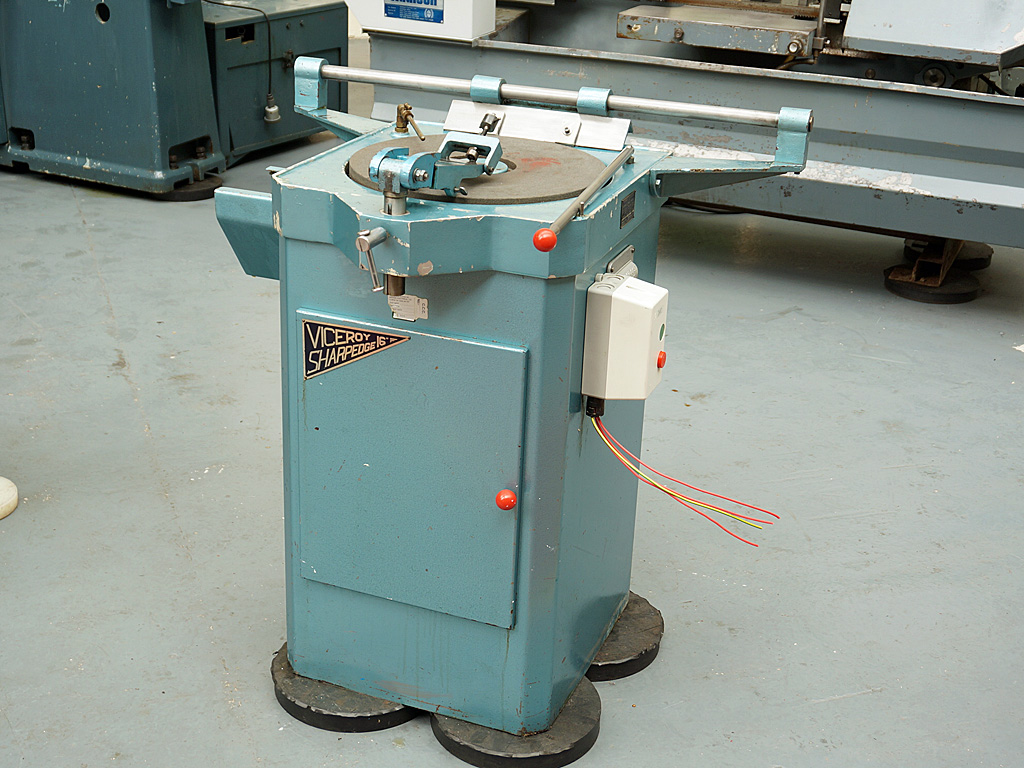I have read also the article about sharpening. Did the Scottish guy that taught you woodworking really use only one oilstone and his palm and he was able to shave with the blade? Was it fine India or some other stone?
The chain smoking grumpy Scot was just one of the miserable (joke) old farts in the workshop I learned from. As to the lesson in sharpening, in common with all the other makers in the workshop, he had nothing more than a combination oilstone and a couple or three oilstone slips to hone his plane irons, bench and carving chisels, the last mostly gouges. That plus the palm of his hand for a bit of stropping, as described, and he could shave hairs off his forearm. For the most part my sharpening methodology remains much as I was taught nearly fifty years ago, and I too shave a few hairs off when demonstrating sharpening to learners.
For 90% of the work I do that's all that's needed for sharpening. Having said that I have tweaked my sharpening technique a bit over the years. I still usually just carry a combination oilstone when working on contracts in other peoples workshops. Nowadays though, basically for the sake of clean hands and to reduce the opportunities for oil to transfer from my hands and tools to the wood I'm working, I prefer using a couple of ceramic stones lubricated with water, one coarse, and one very fine for a super keen edge. I don't know the grit count per inch² for either stone, just coarse and super fine. Also, prompted by Jacob's favourite contributor here, David Weaver, I sometimes do a five - ten second buff on a drill mounted felt wheel plus buffing compound - it really does work to put a very keen edge on a blade.
The only other aid in that first workshop I worked in
was a Viceroy grinder (much like below) for regrinding when needed. It had succeeded an old ~3 ft diameter sandstone(?) wheel that ran in a bath of water which, when I worked there, was lying neglected, unloved, and falling apart out in the back yard: probably worth a fortune now if it survived in good shape (doubtful).
Jacob is an annoying and opiniated know-it-all about every subject under the sun (said with humour and some affection on my part) but I agree with him that sharpening has been unnecessarily made into an overly complex minefield. It is, essentially, a simple process fairly easily achieved with a bit of practice and good instruction. Generally, sharpening threads are, as far as I'm concerned, ones to be avoided except for vicarious enjoyment as a spectator in order to watch all the usual suspects draw their swords, raise their shields, and go into battle, yet again, which no-one wins. I really can't work out how people such as Jacob and David, for example, can find the energy to go through it all time after time, but I do rather admire their spirit and persistence. Me, I prefer to go and read a book, watch rugby, pick fluff out of my navel, anything other than get involved in a sharpening debate.
And, finally, if anyone decides to inform me that my methods for sharpening plane irons and chisels is lacking in some way, it'll fall on deaf ears at this end, ha, ha. Slainte.







